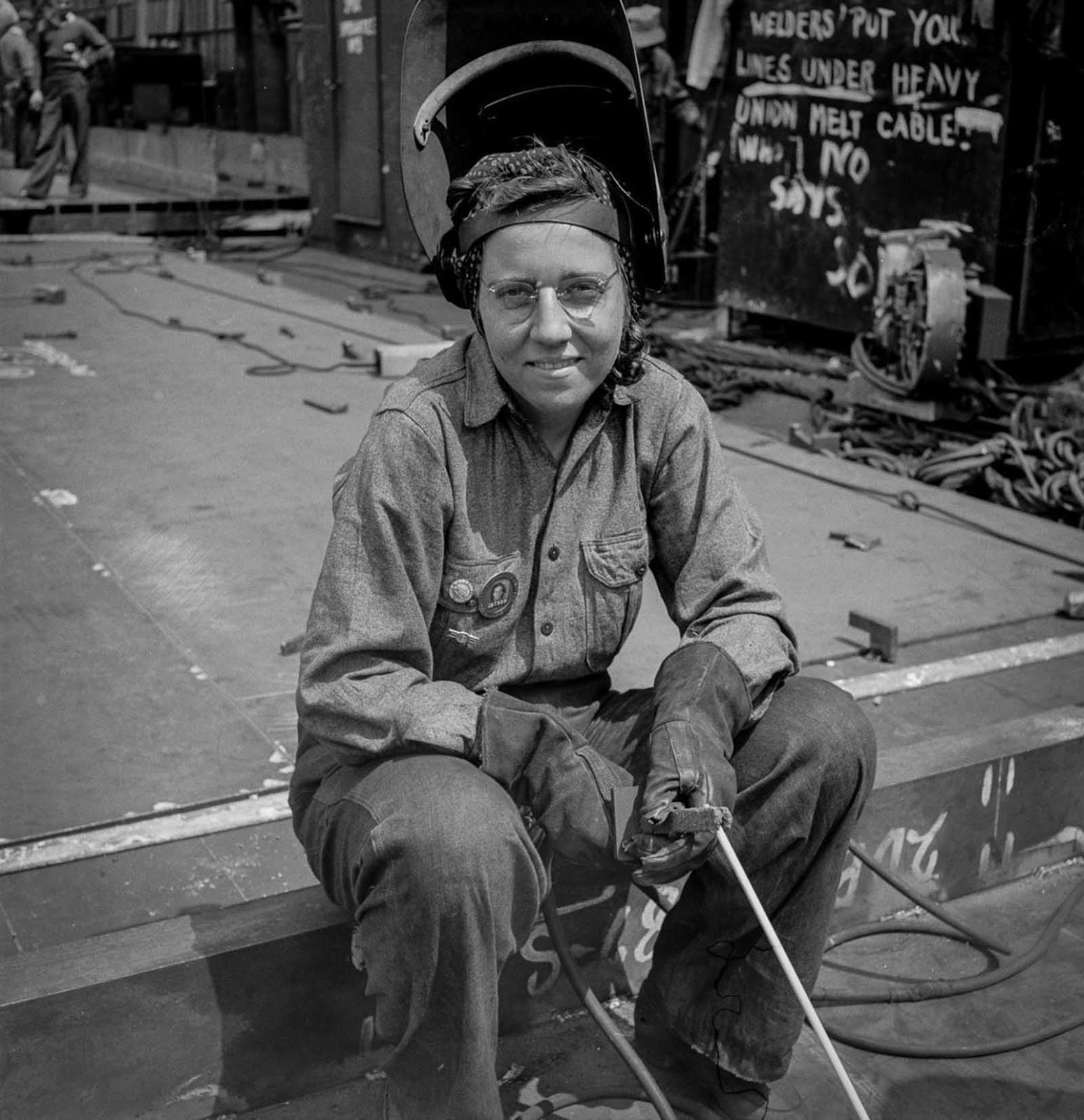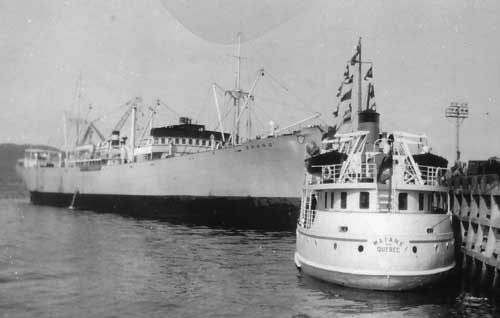


M4 Series Fire Control: How the Sherman aimed its gun.17 Pounder Mk IV and VII Gun Information page.Sherman, Lee, and variants, Gun Data Page.The Sherman Tank Site: The Place For All Things Sherman Tank.During World War II, they played a prominent role across numerous battlefields. Tanks rapidly became an important military weapon. Further design improvements were made and at the Battle of Cambrai in November 1917, 400 Mark IV’s proved much more successful than the Mark I, capturing 8,000 enemy troops and 100 guns. Known as the Mark I, this first batch of tanks was hot, noisy and unwieldy and suffered mechanical malfunctions on the battlefield nevertheless, people realized the tank’s potential. By 1916, this armored vehicle was deemed ready for battle and made its debut at the First Battle of the Somme near Courcelette, France, on September 15 of that year. Following its underwhelming performance–it was slow, became overheated and couldn’t cross trenches–a second prototype, known as “Big Willie,” was produced. The first tank prototype, Little Willie, was unveiled in September 1915.

Either way, the new vehicles were shipped in crates labeled “tank” and the name stuck. To keep the project secret from enemies, production workers were reportedly told the vehicles they were building would be used to carry water on the battlefield (alternate theories suggest the shells of the new vehicles resembled water tanks). The men appealed to British navy minister Winston Churchill, who believed in the concept of a “land boat” and organized a Landships Committee to begin developing a prototype. In 1914, a British army colonel named Ernest Swinton and William Hankey, secretary of the Committee for Imperial Defence, championed the idea of an armored vehicle with conveyor-belt-like tracks over its wheels that could break through enemy lines and traverse difficult territory. The British developed the tank in response to the trench warfare of World War I. However, improvements were made to the original prototype and tanks eventually transformed military battlefields. It weighed 14 tons, got stuck in trenches and crawled over rough terrain at only two miles per hour. Little Willie was far from an overnight success. On September 6, 1915, a prototype tank nicknamed Little Willie rolls off the assembly line in England.


 0 kommentar(er)
0 kommentar(er)
